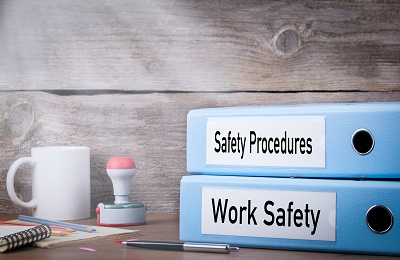Insights
The statistics
The UK has one of the highest rates of acid attacks per capita in the world, according to Acid Survivors Trust International (ASTI). London alone accounts for almost half of the UKs acid attacks with 470 known attacks taking place in 2017.
July 2017 was the worst month on record for acid attacks in London; there were 91 reported attacks, an average of 3 attacks per day. Nationally in the UK 2017 saw nearly 1000 reported attacks, a huge increase from the 300 reported attacks in 2014.
Worryingly 2018 has been yet another bad year for acid attacks, with London still heading the list with the most attacks. However, an increasing number of attacks are now taking place in cities and towns across the UK.
What does this mean for my business?
Although acid attacks are still thankfully rare in comparison to other crimes against the person, they are on the rise. Employers need to be mindful of the risk and put procedures in place for dealing with an attack. Those most at risk from possible attack are public facing workers, such as:
- Shop workers
- Bar staff
- Public transport workers
- Emergency services/health care
- Local authority/public service employees
- Reception staff
- Couriers
- Bank staff
Employers should begin to educate staff around potential warning signs. Common methods used to throw acid are sports bottles or disposable drinks cups, so ask staff to be wary of people acting suspiciously or in an agitated/angry state holding such containers.
Staff should also be made aware of acid attacks on people in vehicles. Those who have stopped in traffic can be targeted through open windows; acid is thrown through the windows into the faces of the driver and passengers. This is especially relevant for employees who commute/spend a lot of time driving for work.
Procedures in place for such an attack should include ensuring water and protective gloves are available. It is also important that staff members are aware of what to do following an attack.
What to do in the event of an attack
The NHS has published three simple steps to follow in the event of an acid attack:
- Report the attack: dial 999.
- Remove contaminated clothing carefully.
- Rinse skin immediately in running water.
Staff attending the victim should only do so if it is safe and the attackers have left the scene. If possible lock any doors to prevent the perpetrators gaining entry again.
If the chemical is in powder form, it can be brushed off the skin, however most acid attacks involve a corrosive liquid being thrown into the face of the victim.
The most important thing you can do in the event of an acid attack is to douse the victim in running water, rather than use a wet cloth. The water dilutes the acid, so it's important to keep refreshing with new, clean water, as quickly as possible.
Flooding the burn with water will disperse the chemical and stop the burning; bottled water is fine if it is the only thing to hand. It is also important to flush out the eyes to try and minimise damage to sight.
Try and douse the burn with water for at least 20 minutes, ensuring that no contaminated puddles collect under the victim. While flooding the injury, try and gently remove any clothing and jewellery with the substance on it.
If you require further advice on how to implement a procedure for acid attacks or are concerned your staff are at risk, please contact our Health and Safety Consultants on [email protected].
Alcumus PSM (People & Safety Management) specialises in human resources (HR) and health and safety (H&S) consulting for small and medium-sized enterprises. Find out more about our services.






